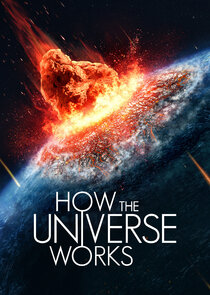Dr. Eric Christian is a Senior Research Scientist and Associate Lab Chief in the Heliospheric Laboratory (Code 672) at NASA Goddard Space Flight Center, and the lead scientist for the Energetic Particle Laboratory. He is the Deputy Principal Investigator for the Integrated Scientific Investigation of the Sun (IS0IS) instrument suite on the Parker Solar Probe mission, and also Deputy Principal Investigator for the Interstellar Mapping and Acceleration Probe (IMAP) mission. He is Mission Scientist for the Interstellar Boundary Explorer (IBEX) and Project Scientist for the Advanced Composition Explorer (ACE). He is an Instrument Scientist for the CRIS and SIS instruments on ACE and the lead Co-I for the HET instrument on STEREO, which is part of the IMPACT suite, and the lead Co-I for the HIT instrument on IMAP.
Between 2002 and 2008, Dr. Christian worked at NASA Headquarters as the Program Scientist for a number of missions, including the two Voyager spacecraft.
He has been active in NASA Education and Public Outreach for his entire career. Dr. Christian has a BA in Physics (Honors) and Astronomy from the University of Pennsylvania (1982) and a PhD in Physics from the California Institute of Technology (1989).
Eric was born in New Jersey in November 1960. Although he had always been interested in math and science, having a great high school Physics teacher really helped him clarify what he was going to be. He met his wife, Christine Gallant, in high school, and they were married in 1984. Eric and his wife have a son and daughter, Stephen and Lyta. No pets at the moment; two children keep them busy enough.
Eric did his undergraduate work at University of Pennsylvania (Not Penn State!) in Philadelphia and got his start doing cosmic ray research at the Homestake Deep Underground Muon and Neutrino Detector. He graduated from Penn in 1982 with an Honors major in Physics, another major in Astronomy, and a minor in Computer Science.
Graduate work took him to the California Institute of Technology in sunny Pasadena. There he worked in the Space Radiation Laboratory with Dr. Edward Stone as his thesis advisor. His research focused on balloon-borne cosmic ray experiments and the Cosmic Ray Subsystem of the Voyager deep space probes. His thesis presented the first firm "Evidence for Anomalous Cosmic Ray Hydrogen", and he graduated in 1989.



